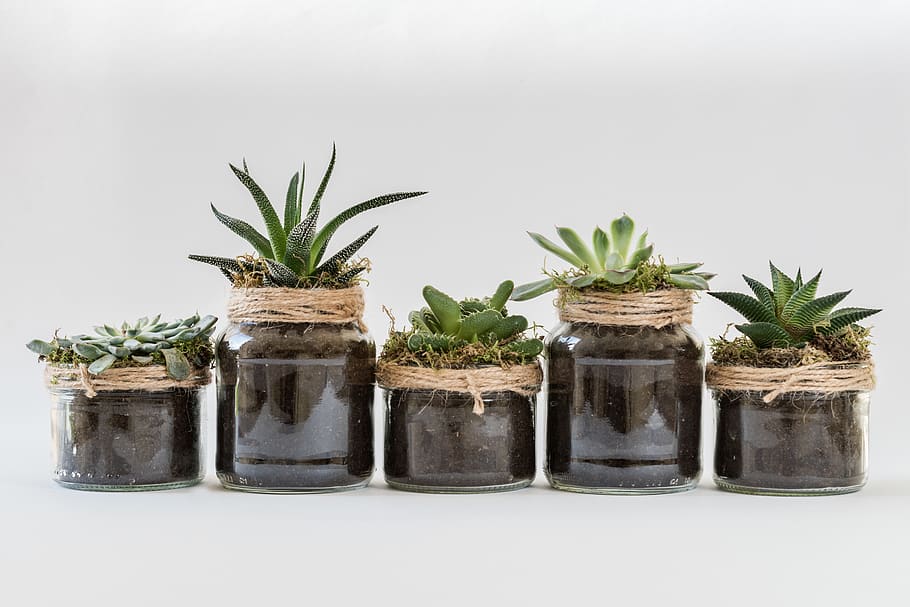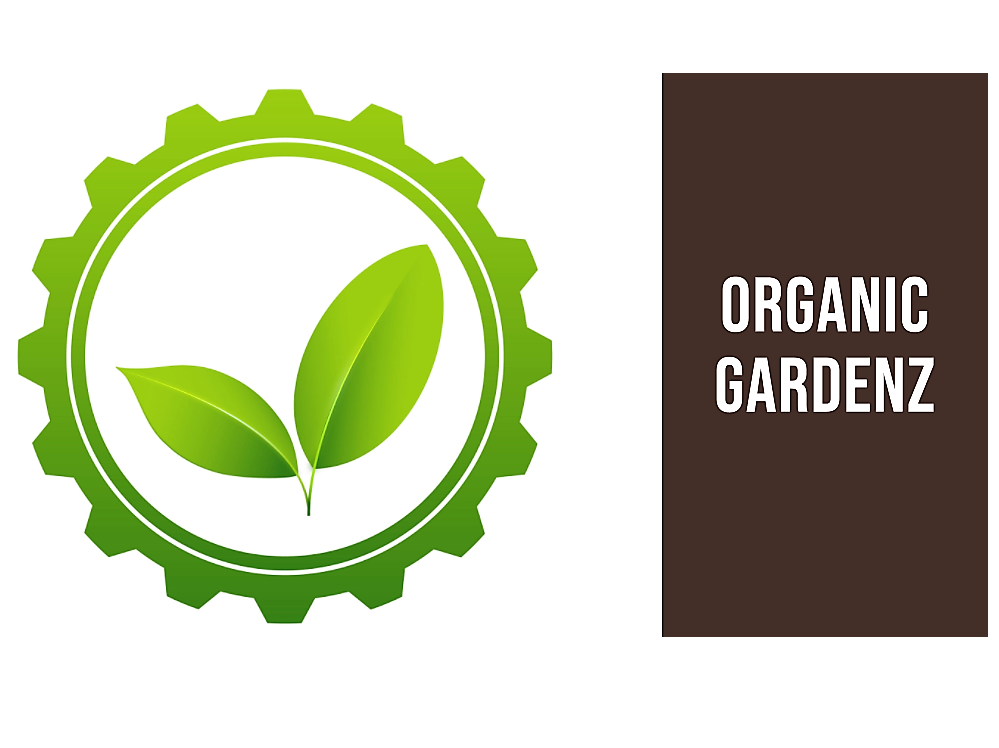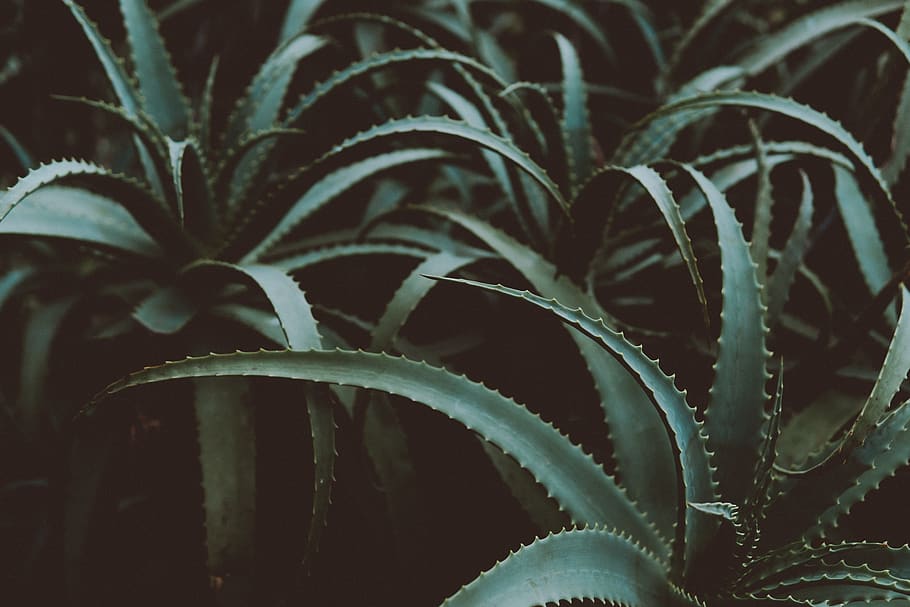Plant Care Routine-What is It?
Plants are an essential part of our lives that many people take for granted. From providing us with fresh air to improving our mental health, the benefits of having plants around us are numerous. In this article, we will explore the importance of plants in our lives, the benefits of having them at home or office and the purpose of the plant care routine.
The Importance of Plants in Our Lives
Plants have been a part of human life for thousands of years. They not only provide us with food and shelter but also play a vital role in maintaining our planet’s ecosystem.
Plants are known for their ability to absorb carbon dioxide and release oxygen through photosynthesis, making them crucial contributors to air purification. Moreover, plants help regulate the water cycle by absorbing water from the soil and releasing it back into the atmosphere through a process called transpiration.
Apart from their ecological importance, plants have significant health benefits as well. Studies have shown that being around plants can reduce stress levels, improve concentration and productivity, boost creativity and even lower blood pressure.
The Benefits of Having Plants at Home or Office
Plants can enhance any indoor space by adding visual appeal while simultaneously purifying the air we breathe. Indoor plants have been found to reduce pollutants like formaldehyde, benzene, xylene and ammonia that are commonly found in indoor environments. Additionally, they can help control humidity levels by releasing moisture into the air through transpiration.
Having plants at home or office also has psychological benefits such as reducing stress levels and promoting relaxation. Plants can create a more calming and inviting environment that helps people feel more comfortable in their surroundings.
The Purpose of Plant Care Routine
The purpose of a plant care routine is to ensure that your plants receive adequate care necessary for healthy development throughout their lifecycle while adding aesthetic value to your space. Without proper care such as watering, fertilizing, pruning and repotting, your plants can become diseased or die. Developing a routine for plant care ensures that your plants thrive and enhances the aesthetic value of any interior space.
Basic Plant Care
Growing and taking care of plants is a rewarding hobby that is enjoyed by many people all over the world. Basic plant care involves providing plants with the essential resources they need to survive and thrive, which includes proper watering, soil type and quality, and light requirements.
Watering frequency and amount
Watering plants is one of the most important aspects of the plant care routine. The frequency and amount of water required varies depending on the type of plant, season, and environmental conditions.
Overwatering or underwatering can lead to various problems like root rot or drying out respectively. The best way to determine when your plant needs water is by checking the moisture level in the soil.
Stick your finger into the soil about an inch deep; if it feels dry to the touch, it’s time to water. In addition to frequency, it is important to consider how much water your plants require.
As a general rule, you should aim to provide enough water to fully saturate the root zone without causing excess runoff or standing water around your plant’s base. Water deeply rather than frequently as frequent shallow watering may result in surface roots which are very vulnerable during a dry spell.
Soil type and quality
Soil plays an important role in providing support for roots while also serving as a medium for nutrient uptake. Different plants thrive in different types of soils such as sandy soils for cactus species while clayey soils are more suitable for azaleas or camellias.
It’s important therefore that you choose a soil type based on what you intend to plant. Also, quality matters; good quality potting mix usually contains perlite or vermiculite which helps improve drainage.
To ensure optimal growth development for your potted plants make sure their pot isn’t too big or too small. Too big may cause over-saturation leading to root rot while too small may cause stunted growth or reduced yield.
Light requirements
Light is vital for photosynthesis, a process that helps plants produce energy and grow. Different plants have different light requirements: some do well in direct sunlight while others prefer indirect bright light.
It’s important therefore to research the specific needs of your plant and find the ideal location within your home/office environment that provides the right amount of light needed. One common mistake people make is placing their plants too close to windows that receive direct sunlight.
This can lead to sunburned leaves, wilting, and even death if left unchecked. Alternatively, inadequate lighting can cause slow growth or pale leaves which can be remedied by using artificial lights such as fluorescent or LED lights tailored for indoor plant growth.

Advanced Plant Care Techniques
Fertilizer Application: The Key to Healthy Plants
Fertilizer is an essential component in plant care routine. It provides the necessary nutrients required for healthy plant growth. However, not all fertilizers are created equal, and the type of fertilizer used will depend on the specific needs of each plant.
When choosing a fertilizer, it is essential to consider factors such as the plant’s age, type of soil, and growing conditions. Additionally, it is important to follow recommended dosages as too much fertilizer can harm or even kill a plant.
Pruning and Trimming: The Art of Shaping Your Plants
Pruning involves cutting off dead or damaged branches that can inhibit a plant’s growth and vitality. It also helps to shape plants for aesthetic purposes or to reduce their size.
To prune effectively, it is important to use sharp pruning shears and cut at a 45-degree angle just above a node (the point from which leaves grow). It is also crucial not to over-prune as this can weaken the plant.
Trimming involves cutting back overgrown foliage such as leaves or stems that may be impeding light from reaching other parts of the plant. This helps improve air circulation around the plant and allows for better nutrient absorption.
Repotting: Giving Your Plants Room to Grow
Repotting involves transferring plants into larger containers when they outgrow their current pots. This allows enough space for new roots to develop and prevents overcrowding which can lead to poor drainage.
To repot effectively, select a pot that is about two inches larger in diameter than your current pot. Gently remove your plants from its old container by loosening its root ball with your fingers or using a gardening tool like a trowel.
Fill one-third of your new pot with fresh soil before placing your plant in and filling the remaining space with soil. Give the plant a good watering to help it settle into its new home.
Advanced plant care techniques such as fertilizer application, pruning, trimming, and repotting are vital for maintaining healthy and thriving plants. By understanding the needs of your plants, you can provide them with the right care they need to grow strong and beautiful.
Niche Subtopics in Plant Care Routine
Humidity Control: The Key to Happy Plants
Humidity is one of the most important factors for plant growth and health. Maintaining the right humidity level is essential to prevent plants from drying out or getting waterlogged. The ideal humidity level for most houseplants is between 40% and 60%.
There are several ways to maintain proper humidity levels for your plants. One option is to use a humidifier, which can add moisture to the air and benefit you and your plants.
Another option is to create a humidity tray, which involves placing a layer of pebbles on a tray and filling it with water, then placing your plant on top of the pebbles to absorb the moisture from below. Additionally, grouping plants together can help create a microclimate that maintains higher levels of moisture.
Pest Management: Keeping Your Plants Safe from Harmful Invaders
Despite our best efforts, plants can still fall prey to pests such as aphids, spider mites, and whiteflies. These insects can cause damage by feeding on plant tissues or transmitting diseases.
Fortunately, there are several natural ways to control pests without resorting to harmful chemicals. One effective method is physical removal – simply pick off any visible insects by hand or with a damp cloth.
Another option is using insecticidal soap or neem oil sprays – both are natural products that disrupt insect life cycles without harming beneficial insects or humans. Additionally, introducing natural predators like ladybugs or lacewings can help keep pest populations in check.
Propagation Methods: Growing New Plants from Existing Ones
Propagation involves creating new plants by taking cuttings or dividing existing ones. This allows you to increase your collection without having to purchase new plants and ensures that you will always have backup copies of your favorite specimens. There are several types of propagation methods, including stem cuttings, leaf cuttings, and division.
Stem cuttings involve taking a piece of stem with a few leaves and placing it in water or soil to promote root growth. Leaf cuttings involve taking a leaf and rooting it in soil or water until new shoots appear.
Division involves separating an existing plant into smaller pieces and replanting each section individually. Overall, understanding these niche subtopics can help you become a more knowledgeable plant parent and ensure that your green friends thrive under your care.
Rarely Known Small Details in Plant Care Routine
Micro-nutrient requirements for specific plant species
Most people know that plants need certain macro-nutrients like nitrogen, phosphorus and potassium to grow. However, there are also micro-nutrients that plants require in smaller quantities but are equally important for their development.
Some of these micro-nutrients include iron, manganese, zinc, copper and boron. Different plant species have varying requirements for these micro-nutrients.
For example, some plants require more iron than others to develop healthy leaves and stems. It’s important to research the specific micro-nutrient requirements of the plants you’re caring for to ensure they have everything they need for optimal growth.
The Role of air circulation in plant growth
Air circulation is an often overlooked aspect of plant care routine but can have a significant impact on a plant’s growth and overall health. Good air circulation helps prevent the buildup of stagnant air which can lead to fungal growth or pest infestation on your plants. It’s particularly important in indoor environments where there may not be much natural airflow.
Proper air circulation can also help strengthen a plant’s stems and encourage root development by gently swaying them back and forth. This movement simulates wind conditions that the plants would experience outdoors and leads to stronger plants overall.
The impact of music on plant growth
It may sound strange at first, but recent studies have shown that music can actually have a positive effect on plant growth! One study found that playing classical music resulted in faster growth and larger leaves in some types of plants compared to those grown without any music at all.
While we don’t fully understand why this happens yet, it’s thought that the vibrations from the sound waves could be stimulating cell division or increasing nutrient uptake in the roots. If you’re feeling adventurous, try playing some soft music in your plant room and see how your plants respond!
Conclusion
Summary of Key Points Discussed
In this article, we have covered the basic and advanced techniques for plant care, as well as the lesser-known subtopics that are crucial for successful plant growth. We have learned about watering frequency, soil type, and light requirements. We’ve also discussed advanced techniques such as fertilization, pruning, and repotting.
Additionally, we explored niche subtopics like humidity control and propagation methods. We talked about rarely known details such as micro-nutrient requirements for specific plant species and the impact of music on plant growth.
Importance of Following a Plant Care Routine
A plant care routine is vital to ensure that your plants thrive and grow beautifully. Regular maintenance will keep your plants healthy and looking their best while helping to prevent disease or pest problems from developing. Neglecting plants can cause them to wither away quickly or become infested with pests.
Furthermore, indoor plants provide several benefits; they purify the air by removing harmful pollutants from it while adding a touch of greenery to any room or workspace. Taking care of your indoor plants is just like taking care of pets; they need regular attention to live long healthy lives.
Encouragement to Start Taking Better Care of Plants at Home or Office
Now that you know how essential it is to maintain your indoor plants’ health through proper care routines let’s encourage you to start taking better care of them today! Whether you are new to gardening or an experienced gardener, learning how to take proper care of your houseplants will benefit both you and your environment.
By incorporating these simple tips into your daily routine, you can provide an excellent growing environment for your plants all year long. Remember always research the specific needs of each plant species before incorporating it into your home environment.
Take pride in providing healthy, happy plants for your home or office. Not only will they improve the air quality and aesthetics of your space, but they will bring you joy and satisfaction as well.

